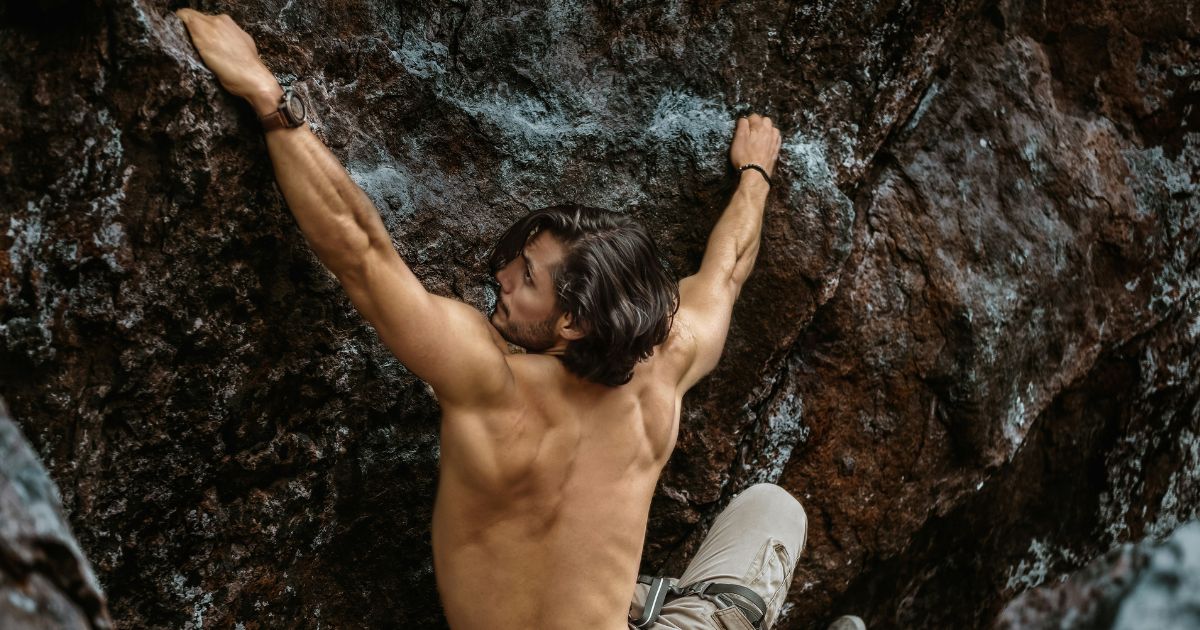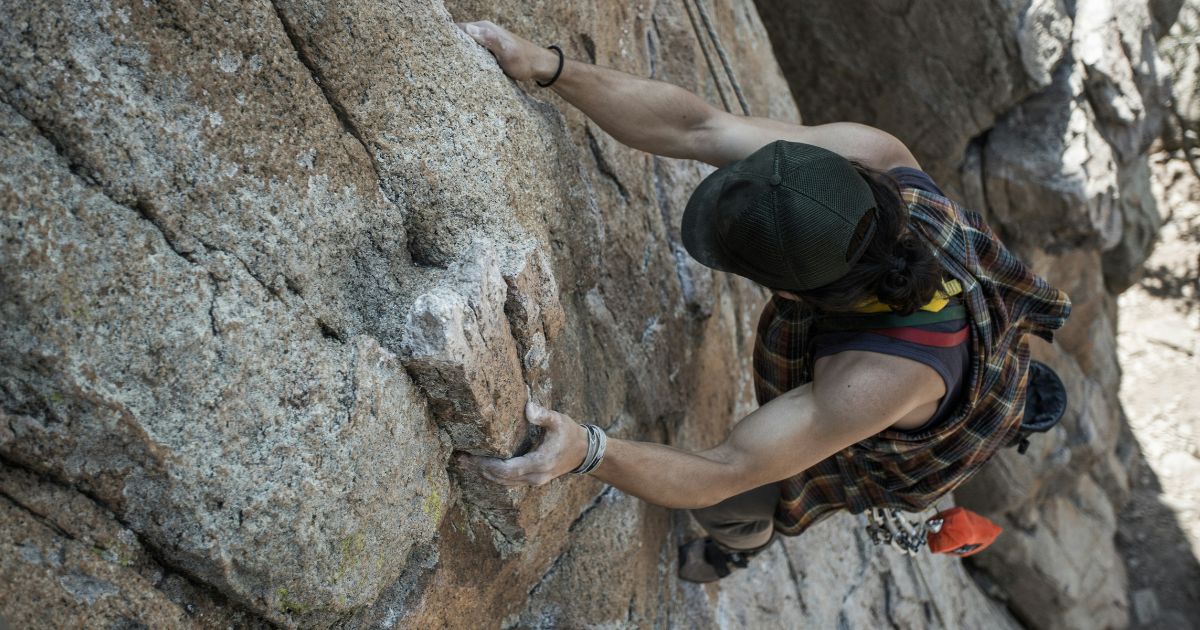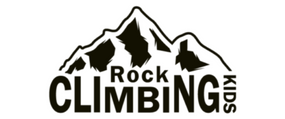Table of Contents
Fingerboarding and Hangboarding: A Beginner’s Guide
The ultimate guide to fingerboarding for beginner climbers! This article contains all the information you require, regardless of where you are in your fingerboarding journey. We have you covered on everything from grip positions and edge sizes to safety precautions and training guidelines.
Fingerboarding’s Significance
Targeting the tendons in your fingers and the muscles in your forearms, fingerboarding is an effective technique for building finger strength. You can enhance your climbing performance by using this controlled training method at home or on the climbing wall.
Intensity of Training
Avoiding failing at exercises is an important guideline for novices. To guarantee safe and efficient training, lessen the intensity if your fingers are slipping or opening. Edge size and load can be used to change the intensity.
Choosing an Edge Size
If you’re a beginner, especially, pick an edge size that will allow you to hang comfortably. It is advised to hang by body weight; modifications can be made with a pulley system, foot positioning, or counterweight techniques.
Grip Positions
It’s critical to comprehend the various grip positions. Full crimp, half crimp, open grip, and front three-finger drag are the available options. For maximum comfort and effectiveness, start with four fingers and alternate between open and half-crimp positions.
Training Safety
It’s important to keep tendons and joints from experiencing undue strain. Even though it works well, full-crimping can be difficult for novices. Move up to increasingly difficult grip positions gradually as your comfort and strength increase.
Training Protocols

A successful fingerboarding routine depends on the implementation of appropriate training protocols. Max Hangs and Repeaters are two suggested sessions, each with special advantages.
Max Hangs
Hang for 10 seconds, and take a two-minute break in between each set. Aim for about six sets, varying the size of the edge for the right amount of intensity. For adjusting the load, use techniques such as a pulley system or foot placement.
Repeaters
For a total of thirty seconds, perform three sets of five seconds of hanging, followed by five seconds of rest. Use assistance techniques or modify your foot placement to maintain the appropriate intensity. Finish three to five sets with an emphasis on controlled effort and volume.
Frequency of Training
The frequency of fingerboarding is determined by several factors. It is advised for novices to perform two to three sessions a week to balance energy expenditure and prevent overusing particular grip positions.
Safety Tips
During training, be aware of possible problems that might arise, like fingers opening during a half crimp or slipping during an open position. Label these incidents as failures, modify the severity, and put safety first.
Ideal Hanging Position
By concentrating on shoulder engagement, maintaining a neutral head position, and avoiding excessive lower back arching, you can maintain an ideal hanging position. To effectively target specific muscle groups, keep your arms straight or slightly bent.
In summary
Starting a fingerboarding journey demands perseverance, reliability, and a dedication to safety. Enjoy the process, adhere to the suggested procedures, and modify the intensity as necessary. This in-depth guide provides you with the knowledge to improve your fingerboarding experience, regardless of your level of experience.
Related Posts
- How to get stronger fingers for climbing?
- Foot placement for climbing beginners
- Training Drills Every Climber Should Do
- The 7 Essential Movements of Bouldering
- The 5 Fundamentals of Climbing You Need to Know
- How to Flag: A Climbing Technique for Developing Balance
- How To Improve Your Climbing Footwork? – 4 key Stages
- 8 Essential Tips for Outdoor Rock Climbing Beginners
- 7 Techniques Every Climber Must Know
- The 7 Best Climbing Shoes for Beginners
- 5 Best Bouldering Shoes










Discussion about this post